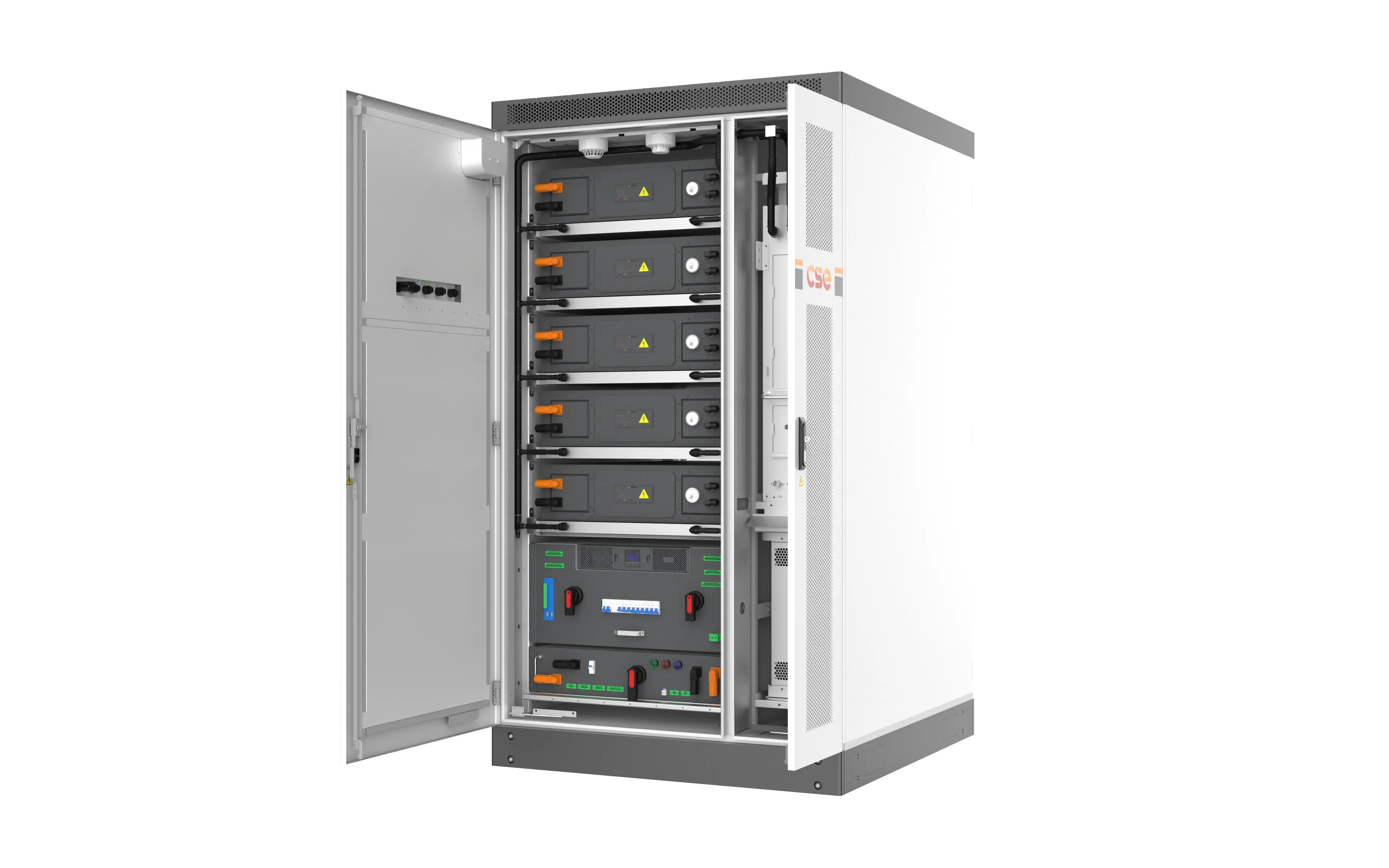
What is All-In-One Energy Storage System?
An all-in-one energy storage system is a comprehensive, integrated solution that combines multiple components of energy storage and management into a single unit. Unlike traditional energy storage setups, which often require separate systems for batteries, inverters, and energy management software, an all-in-one system consolidates everything into one streamlined package.
These systems are often pre-configured, plug-and-play solutions, making them easy to install and operate. They are designed to deliver efficient energy storage, conversion, and management for various applications, including residential, commercial, industrial, and utility-scale projects.

1. Battery Module
· The core of any energy storage system, the battery module stores energy generation for later use.
· Common battery types include lithium-ion, solid-state, and flow batteries, with lithium-ion being the most widely used for all-in-one systems due to its efficiency and energy density.
2. Inverter
· Converts stored DC (direct current) energy into AC (alternating current) energy for use in homes, businesses, or feeding back into the grid.
· Many all-in-one systems feature bidirectional inverters, allowing energy to flow in and out seamlessly.
3. Energy Management System (EMS)
· The brain of the system, an EMS monitors and optimizes energy usage, storage, and distribution.
· Advanced systems leverage AI and machine learning to predict energy demand and manage the system efficiently.
4. Control Interface
· Provides a user-friendly way to monitor and control the system.
· Modern interfaces often include mobile apps or web dashboards for real-time insights and remote management.
5. Protection and Safety Mechanisms
· Includes features such as thermal management, short circuit protection, and fire suppression to ensure the system operates safely and reliably.
· With all components pre-integrated, installation is significantly quicker and more straightforward than assembling separate systems.
· Reduces the need for technical expertise, making it accessible to a broader audience.
· All-in-one systems are designed to save space, combining multiple components into a single, sleek unit.
· Ideal for locations with limited space, such as urban homes or commercial buildings.
· By integrating components, all-in-one systems reduce the overall cost of procurement, installation, and maintenance.
· Their plug-and-play nature minimizes labor costs and system downtime.
· The integration of components ensures seamless communication between batteries, inverters, and EMS, resulting in higher efficiency.
· Advanced energy management algorithms optimize performance, maximizing energy savings.
· Many all-in-one systems are modular, allowing for easy expansion to meet growing energy needs.
· Suitable for a wide range of applications, from small residential setups to large industrial projects.
· Designed to work seamlessly with renewable energy sources like solar panels and wind turbines, all-in-one systems enable efficient storage and utilization of green energy.
· Helps reduce reliance on fossil fuels and minimize carbon footprints.
· Provides a dependable source of energy during power outages, ensuring uninterrupted operations for critical systems.
· Essential for areas prone to natural disasters or grid instability.
· Intelligent energy management systems ensure that energy is stored and used optimally, minimizing waste and reducing energy costs.
· Integration with IoT devices and smart grids further enhances efficiency.
· Homeowners can use all-in-one systems to store solar energy, reduce electricity bills, and provide backup power during outages.
· Smart home integration allows for automated energy management based on usage patterns.
· Businesses benefit from energy cost savings, demand charge reductions, and improved energy reliability.
· Industries can use these systems to stabilize energy supply and support critical power supply.
· Utilities use all-in-one systems to stabilize the grid, manage peak demand, and integrate renewable energy sources.
· Large-scale applications often require modular systems that can be scaled up to meet high-capacity needs.
· Ideal for remote or rural areas without access to a stable grid.
· Combined with solar panels or wind turbines, these systems can provide a self-sustaining energy solution.
· All-in-one systems are increasingly used in microgrid applications, providing localized energy solutions that enhance grid resilience and reduce dependency on centralized power plants.
· Community projects can use these systems to share energy resources and reduce collective costs.
· Improvements in lithium-ion technology, including enhanced energy density and safety features, are driving the adoption of all-in-one systems.
· Emerging technologies like solid-state batteries promise even greater advancements in efficiency and performance.
· Advanced energy management algorithms are enabling smarter energy usage and predictive maintenance.
· AI-driven systems can analyze usage patterns, weather forecasts, and energy prices to optimize performance.
· Modular all-in-one systems allow users to expand their energy storage capacity as their needs grow, making them a future-proof solution.
· Flexible configurations cater to diverse applications, from small homes to large industrial facilities.
· Integration with IoT devices and smart grids enables seamless energy monitoring and management.
· Remote control and real-time updates provide users with unparalleled convenience and control.
As technology advances, all-in-one energy storage systems are set to become even more efficient, affordable, and versatile. Innovations in battery technology, integration with renewable energy, and AI-driven energy management will drive their adoption across various sectors. With the global push toward sustainability, these systems will play a crucial role in achieving energy efficiency and reducing carbon footprints.
At YT Electric, we are proud to contribute to the evolution of energy storage technology with our cutting-edge 100kW/215kWh all-in-one energy storage system – the EcoPower Cube L215. Designed for performance, reliability, and ease of use, the EcoPower Cube L215 integrates advanced battery technology, a high-efficiency inverter, and a smart energy management system in a compact and scalable unit.
Whether you’re looking to reduce energy costs, integrate renewable energy, or ensure reliable backup power, the EcoPower Cube L215 offers a robust and versatile solution tailored to your needs. Learn more about how it can transform your energy strategy here.
Subscribe to us to enjoy event prices and get some of the best prices.
 IPv6 network supported
IPv6 network supported

